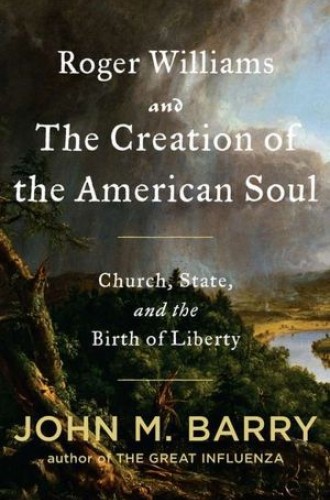The original separationist
In 1802, Thomas Jefferson wrote a letter to the members of the Danbury, Connecticut, Baptist Association. The Danbury Baptists were a disgruntled religious minority in a state with a Congregational establishment. Though they were no longer required to pay taxes to support Connecticut’s Congregational ministers, they remained engaged in a battle for complete religious liberty through the disestablishment of Congregationalism in their state.
Jefferson sympathized with the plight of his correspondents. Though he had no power to change the religious laws of Connecticut, he did encourage the Danbury Baptists by calling for “a wall of separation between Church & State.” In 1947 the Supreme Court of the United States agreed with Jefferson. It concluded in Everson v. Board of Education that there is indeed a “wall of separation” between religion and government, and it is “high and impregnable.”
Most Americans do not realize that the phrase “separation between church and state” does not appear in the U.S. Constitution. Nor did the concept originate with Jefferson. It stems from the work of 17th-century dissenter Roger Williams, who called for a “hedge or wall of separation between the garden of the church and the wilderness of the world.” As John Barry argues, Williams thought that such a wall or hedge was absolutely necessary because the mixing of church and state corrupted the church. Williams, says Barry, believed that “when one mixes religion and politics one gets politics.”





